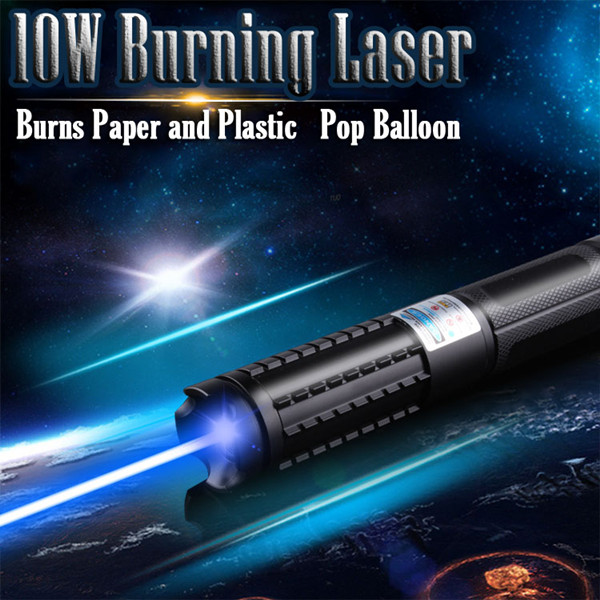According to reports, the Turkish Communication Security Research Center has completed the development and testing of two laser pointer systems and plans to equip the Turkish Army. It is understood that both laser systems use continuous wave lasers with a working wavelength of 1070 nanometers (±10 nanometers). The first type of laser system is called Armol Vehicle Laser System (VMLS), which can be integrated on Ottoka's "Cobra" 4x4 light armored vehicle (LAV). The rear of the "Cobra" armored vehicle is equipped with a 220-kilowatt power supply, and the top is equipped with a tilted high-energy laser. The maximum output power can reach 5 kilowatts. It can be rotated 180° horizontally and vertically, and can be in the range of -30° to 95°. Internal rotation.
The vehicle-mounted laser system includes a thermal camera, daylight camera, laser rangefinder and laser illuminator, which can interfere with cameras and other optical equipment within a maximum range of 7.5 kilometers, damage drones and improvised explosions within a maximum range of 1 kilometers Device. If a radar system is installed, target tracking can be achieved. The second type of laser system is a mobile laser system mounted on a rifle, which can be used to jam drones and can be mounted on weapons equipped with Picatinny rails.
The Marine Corps announced that the "Clear Claw" prototype has been delivered to the US Marine Corps for anti-UAV mission testing. It is understood that the "Sharp Claw" is the first land optical device approved by the Ministry of Defense for use by ground combatants. In recent years, the Ministry of National Defense has assessed that directed energy weapons can replace traditional weapons to complete anti-UAV missions, and they have good economic efficiency.

If it performs well, "Sharp Claw" will become an important part of the anti-UAV system. The plan adheres to the concept of "fast design and fast delivery", and the entire process from awarding the contract to completing integration and testing, delivering the US Marine Corps training, and completing deployment preparations only took about one year. The Navy plans to install high-energy lasers and integrated optical blinding surveillance weapon systems on the Arleigh Burke-class destroyers deployed on the west coast of the United States by 2021.
It is understood that the system can emit a laser of 60 kilowatts, which is three times higher than the launch power of the solid-state green laser pointer weapon equipped on the "Ponce" amphibious transport ship test ship in early 2014. It is mainly used to attack small ships and drones. In 2018, Lockheed Martin and the Navy signed a contract worth 150 million U.S. dollars to deliver two sets of HELIOS weapon systems, one of which was used for land testing and the other was installed on warships.
With the continuous use of laser weapons, the integration of existing naval combat systems has become increasingly prominent. Laser weapon systems must not only play a striking role, but also provide more accurate target locking data than existing ship-based combat systems. Combining the ability to provide target-locking data with the use of offensive power has become a major challenge for the HELIOS weapon system. In addition, navy receivers will learn from the beginning the operating procedures for using existing combat systems to control laser weapons. The U.S. Navy plans to develop laser systems capable of resisting even greater threats such as anti-ship cruise missiles.
